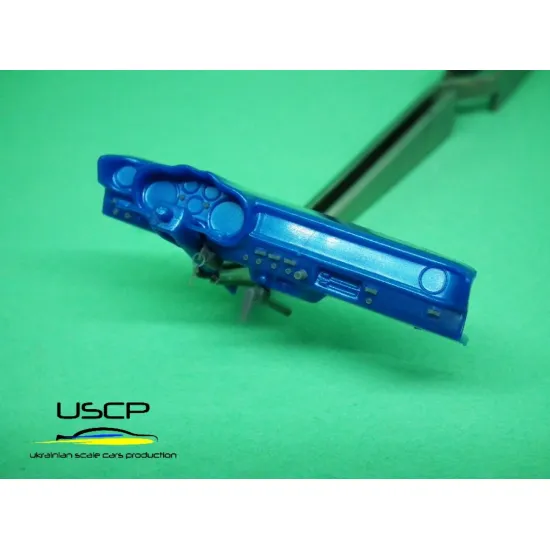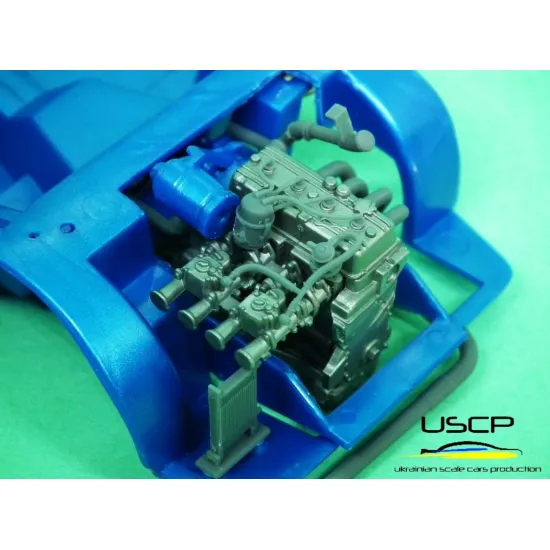How to Choose the Best Plastic Model Kits for Your Collection
How to Choose the Best Plastic Model Kits for Your Collection
Blog Article
Advanced Techniques for Plastic Model Kit Builders
Plastic model kits have undergone a significant change because their inception, evolving from basic and simple types to extremely detail by detail and complex representations of real-world subjects. That progression shows innovations in components, production methods, and the growing class of modelers' expectations. In this informative article, we discover the development of plastic model kits, from their modest origins to the complicated sets accessible today.

Early Origins: Simple Styles and Standard Products
The annals of plastic model kits days back again to the early 20th century, with the first commercially available kits emerging in the 1930s. Initially, these designs were simple and focused mainly at children. Early products, produced from standard plastic components, were built to be clicked together, offering a simple introduction to modeling for young hobbyists. These designs usually highlighted small detail and were frequently created in 1 or 2 shades, with few alternatives for customization.
Development in Recognition: The 1950s and 1960s
As plastic became more generally accessible, the 1950s and 1960s found a substantial change in the complexity and selection of model kits.During this time, companies began introducing more in depth systems, targeting adult enthusiasts in addition to children. Aircraft, cars, and vessels were frequent subjects, and packages began to incorporate numerous pieces for included realism. But, designs still relied on fundamental construction methods, with several options for painting and finishing.
Advancements in Technology: The 1970s and 1980s
The 1970s and 1980s noted a turning stage on earth of plastic modeling. Advances in mold-making technology allowed for more descriptive areas and smaller features. That time also saw the introduction of replacement components, such as for example photo-etched pieces, to enhance the reality of models. Modelers started testing with various painting methods, weathering results, and detailing, resulting in more individualized and lifelike creations. That era also found the increase of highly particular sets, such as for example military tanks and dioramas, which appealed to lovers with particular interests.

The Contemporary Era: Very Detail by detail and Complicated Systems
Today, plastic model kits reach new degrees of sophistication. Producers now produce types that are extremely step-by-step, with hundreds of individual areas made to replicate real-world objects with outstanding accuracy. Digital modeling and 3D making have revolutionized the style method, enabling better precision and intricate describing which was when unimaginable. Contemporary packages feature sophisticated components such as for example moving areas, very step-by-step rooms, and sensible surface textures. Furthermore, several systems include extensive instruction guides and stickers, permitting modelers to produce highly precise replicas.
From easy snap-together systems to highly detailed masterpieces, the evolution of plastic model kits shows the growing experience and imagination of modelers, as well as the constant innovation in production and design. Whether you're a beginner or a skilled hobbyist, there's never been a much better time to investigate the world of plastic modeling. Report this page